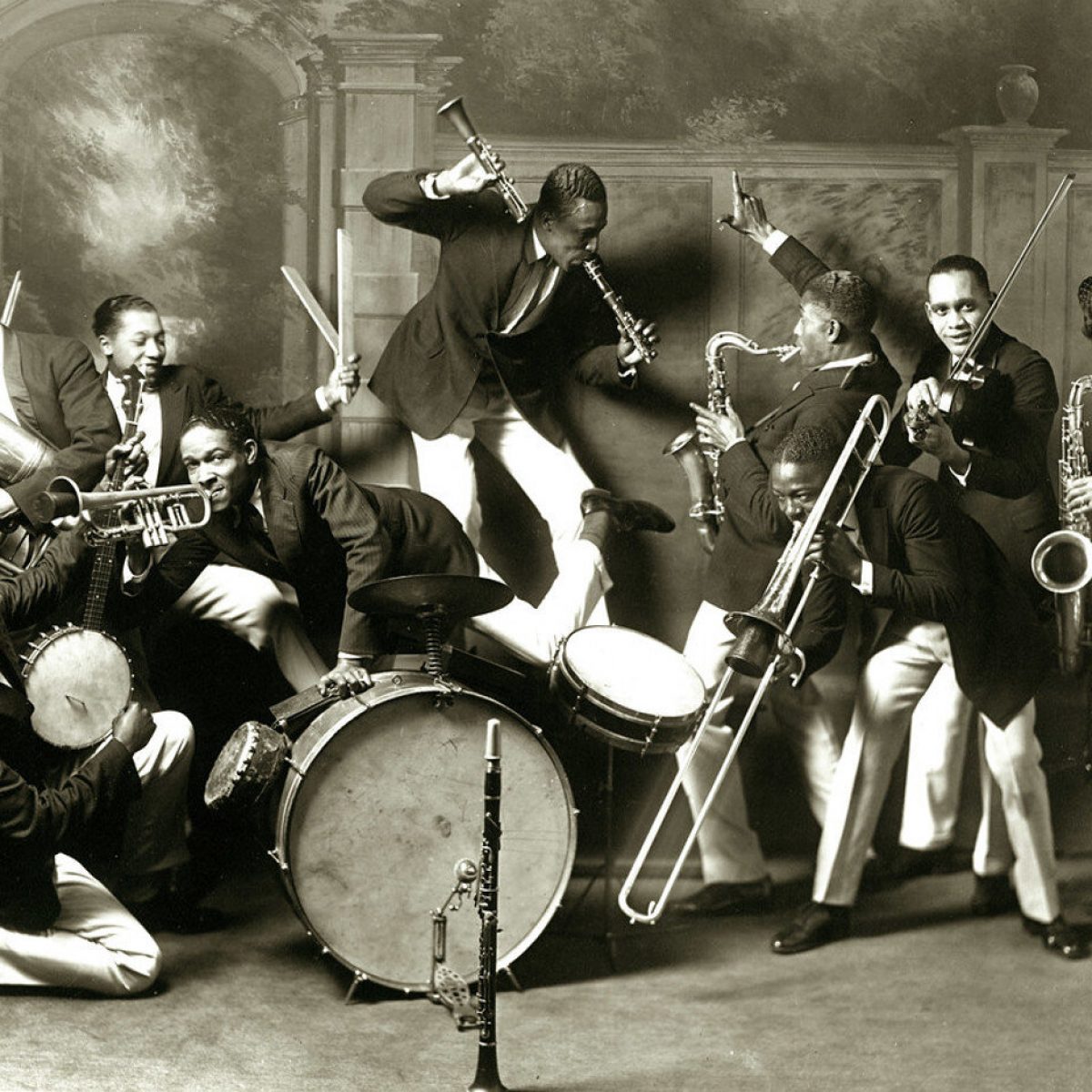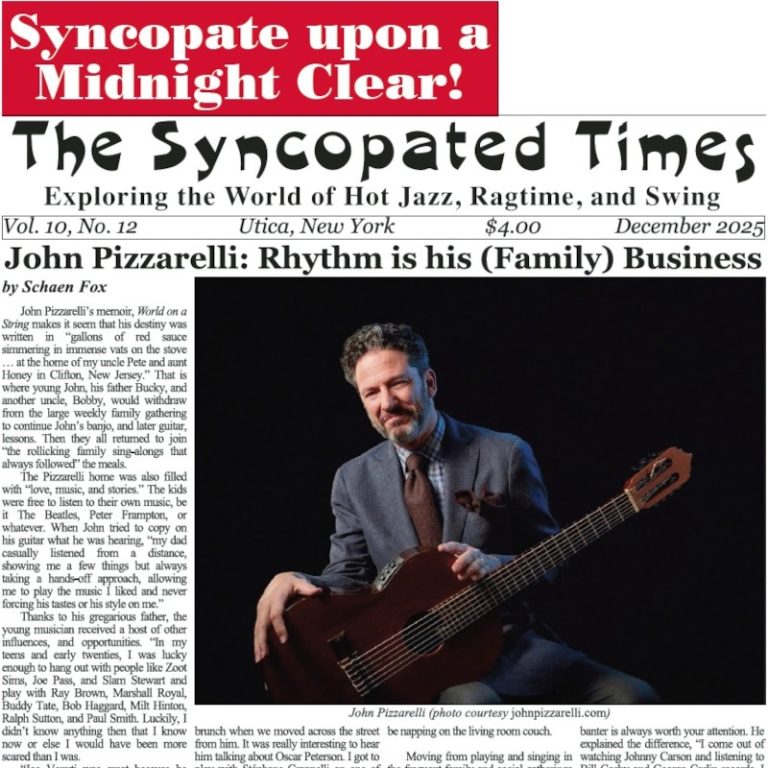He had a band in the 1920s which was based in New Orleans, but which also took around the surrounding towns for special engagements.
These sides might profitably be compared with those made by Louis Dumaine’s Jazzola Eight two years earlier. These have veered from the typical New Orleans collective work and have ventured far into solo-ridden Jazz which became fashionable by 1929 – there is much in them comparable to the Harlem small-band Jazz of that time.
Taken from the book Recorded Jazz: A Critical Guide by Rex Harris and Brian Rust.

| Title | Recording Date | Recording Location | Company |
| Astoria Strut (Lee Collins / David Jones) |
11-15-1929 | New Orleans, Louisiana | Victor V-38576-A |
| Damp Weather (1) (Albert Morgan / Emmanuel Sayles) |
11-15-1929 | New Orleans, Louisiana | Bluebird B-10952-A |
| Damp Weather (2) (Albert Morgan / Emmanuel Sayles) |
11-15-1929 | New Orleans, Louisiana | Merritt 1 (LP) |
| Duet Strut (Sidney Arodin / David Jones) |
11-15-1929 | New Orleans, Louisiana | Victor V-38576-B |
| Tip Easy Blues (1) (Joseph Robechaux / Theadore Purnell) |
11-15-1929 | New Orleans, Louisiana | Bluebird B-10952-B |
| Tip Easy Blues (2) (Joseph Robechaux / Theadore Purnell) |
11-15-1929 | New Orleans, Louisiana | Merritt 1 (LP) |
| Artist | Instrument |
| Sidney Arodin | Clarinet |
| Lee Collins | Cornet |
| Al Morgan | Bass, Vocals |
| Theodore Purnell | Alto Saxophone |
| David Jones | Tenor Saxophone |
| John Robechaux | Piano |
| Emmanuel Sayles | Banjo |
| Joe Strode Raphael | Drums |
Redhotjazz.com was a pioneering website during the "Information wants to be Free" era of the 1990s. In that spirit we are recovering the lost data from the now defunct site and sharing it with you.
Most of the music in the archive is in the form of MP3s hosted on Archive.org or the French servers of Jazz-on-line.com where this music is all in the public domain.
Files unavailable from those sources we host ourselves. They were made from original 78 RPM records in the hands of private collectors in the 1990s who contributed to the original redhotjazz.com. They were hosted as .ra files originally and we have converted them into the more modern MP3 format. They are of inferior quality to what is available commercially and are intended for reference purposes only. In some cases a Real Audio (.ra) file from Archive.org will download. Don't be scared! Those files will play in many music programs, but not Windows Media Player.






